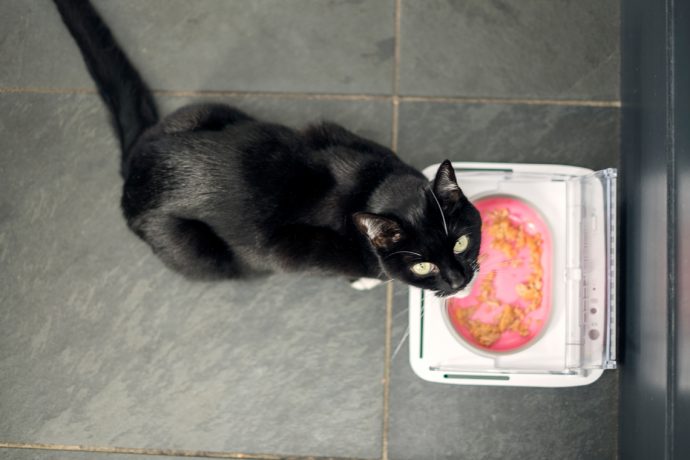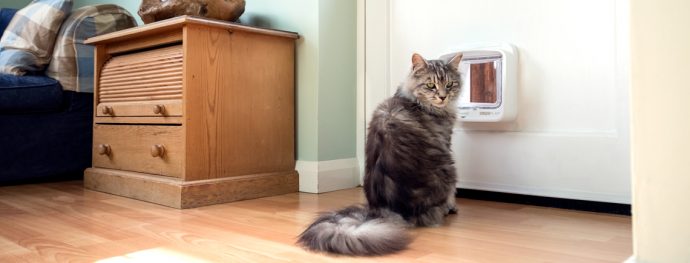While many of us understand the importance of instilling a routine in children, few of us appreciate that it’s also necessary for our pets. Research shows that unpredictable handling and irregular routine has behavioural consequences for cats. We often treat our cats as members of the family, but how well do we really know what they need to feel secure?

Many cat owners believe that their cats are nervous or aggressive because it’s part of their personality, but is not usually the case. Any of the following behaviour could indicate that a cat is suffering from stress:
• Much more time spent awake/alert than time spent asleep/resting
• Lack of play, a disinterest in exploration or a desire to hide regularly
• Self-scratching, a lack of grooming/excessive cleaning or excessive clawing
• Toileting outside the litter box, scent-marking or spraying
• Lack of appetite/decreased water and food intake
• Chronic vomiting, diarrhoea or constipation
• Guarding, hypervigilant, fearful or aggressive behaviour towards owner(s) or other pets
• Crouching with lowered tail or moving with a low gait
Pets, like the rest of us, handle change best if it is expected and occurs in the context of a familiar routine. A predictable routine allows animals to feel safe, and to develop a sense of mastery in handling themselves in a human environment.
So, what are some of the easy solutions you might not have considered?

• Feeding:
– Ensure that food is made available at regular times, but don’t stipulate “meal times”. In the wild, cats like to graze and take their time with food. Consider investing in a Sealed Pet Bowl to ensure they can eat at their leisure without the food going stale.
– Keep their food bowl and litter tray in different areas, as no animal wants to eat where it poops. Once you establish separate areas, clean them regularly.
– If you have issues with your pets bullying each other over food, then make sure that each cat has their own food bowl. Consider giving each cat a Microchip Pet Feeder to keep their food separate – and to ensure that only the authorised animal will eat from its bowl (this is especially helpful if your furry friend is on a prescription diet).
• Enrichment:
– Regularly show your cat affection through petting, stroking and play. Try to set aside 15 minutes per day for this – and for the times when you’re not around, give them access to plenty of toys.
– You may love minimalist décor, but your cat might not. Reserve some space for scratching posts and climbing frames – as cats will enjoy being able to survey their domain from different angles and vantage points. It will also appeal to their genetic predisposition to climb, hide, and sharpen their claws.
• Going outdoors:
– Give regular access to the outdoors so that they can explore, forage and get fresh air. Cat flaps allow your cat to go in and out as they please and microchip-enabled ones prevent intruders gaining access to the home.
– If going out isn’t possible, give your cat access to a windowsill to observe world.
Don’t feel that you must implement all of these idea at once – start with small steps and these will lead to larger overall changes that will increase the wellbeing of you and your pets.

This article was brought to you by Sureflap, the award-winning smart pet technology company.


